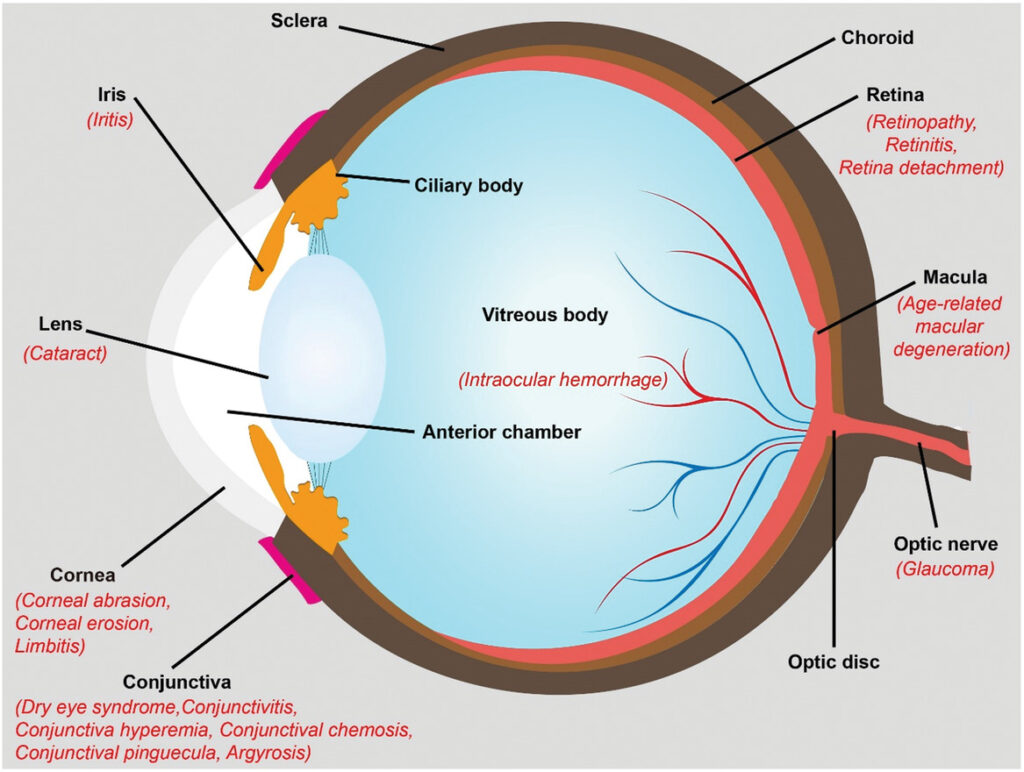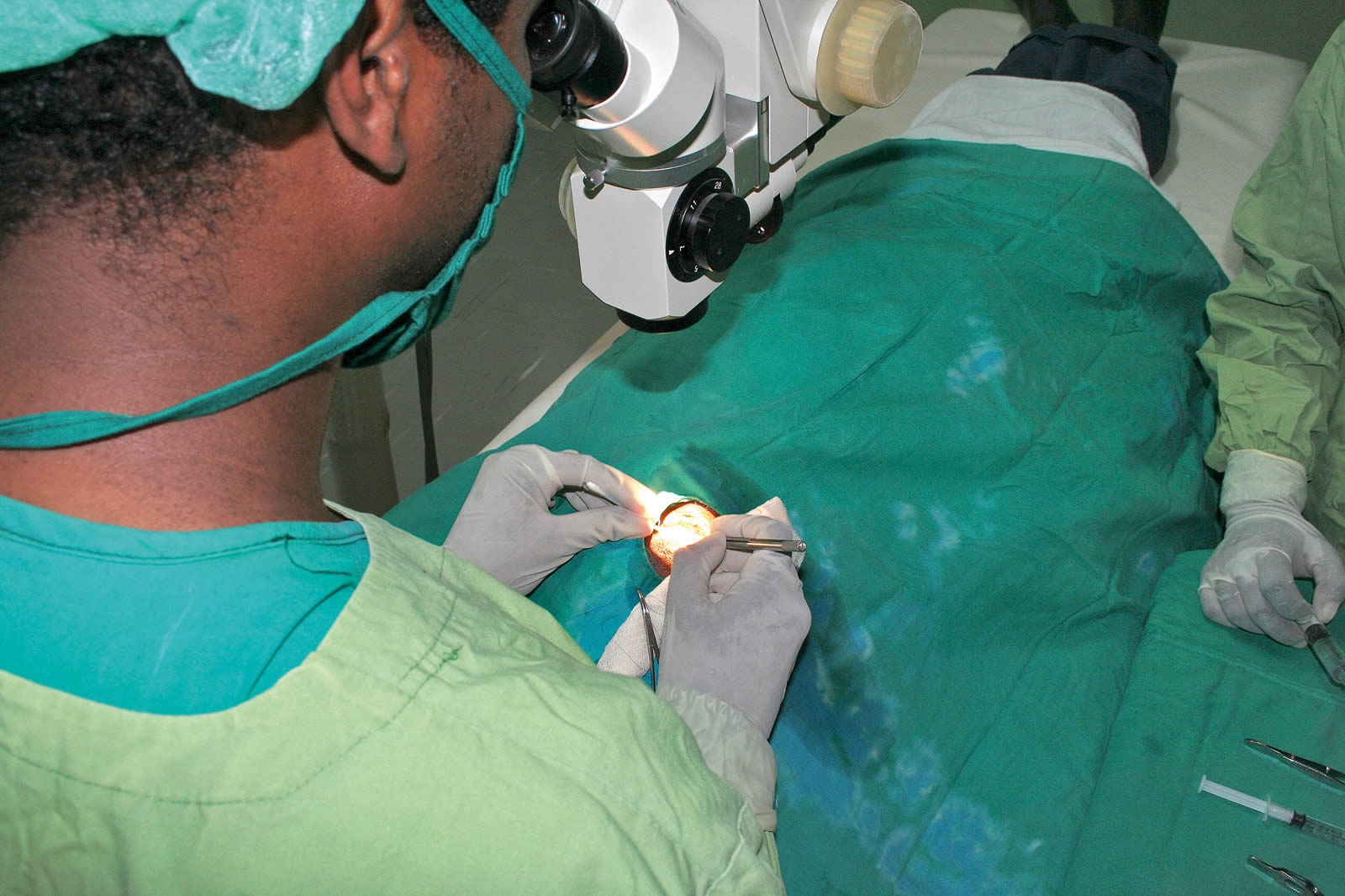
Cataract surgery is a very common outpatient procedure that is normally rather safe. However, like with any surgical procedure, problems are possible.
The human body is composed of several proteins that make up the tissues, muscles, and even the blood. Particular proteins may accumulate in certain regions over time or in response to certain types of injury.
When cataracts grow in the eye, proteins in the lens deteriorate and clump together, resulting in cloudiness that may impair or obstruct vision.
The surgery involves removing the lens and replacing it with an artificial lens. When cataracts start interfering with daily activities, your physician may recommend cataract surgery sydney.
The following complications may occur edema; pain; infection; and severe reactions to anesthetic medications.
Problems Any surgical procedure has the potential to cause complications. Your surgeon will be aware of a number of specific complications connected with cataract eye surgery. For any professional assistance about cataract eye surgery on personaleyes.com.au
1. Disappointment
Pain is a typical side effect of the majority of surgical procedures. Due to the fact that cataract surgery largely affects the eye’s surface layers, over-the-counter analgesics are often adequate. If the soreness continues or worsens, see your physician. This might signal the existence of a more serious problem.
2. Asphyxiation

Suprachoroidal bleeding may occur after cataract surgery in people who have diabetes, hypertension, or other co-morbid conditions. Although this is a rare occurrence, it needs immediate intervention to avoid sight loss.
3. Infection
Most procedures include some risk of infection, whether it is caused by surgical tools, the surgeon’s expertise, or postoperative wound care.
Endophthalmitis is an infection that may develop as a result of cataract surgery. It is, nevertheless, a very infrequent complication, occurring in fewer than 0.5 percent of cataract surgeries.
4. Persistent visual deficits or new vision problems
Cataract surgery is not always successful, and you may continue to have visual problems or have them worsen after cataract surgery. This is a rare complication, although it is more likely in people who had other eye diseases previous to surgery in addition to cataracts.
Double vision, which is often transitory, may also occur when your brain adapts to a new, sharper picture after eye surgery.
5. Floaters
Floaters are nanoparticles of protein or collagen that may penetrate your range of vision and cast shadows. While floating is normally not a cause for concern, it may sometimes be a sign of a more severe condition.

6. Dry or itchy eyes
Throughout the healing process, dryness and discomfort are common. There is a possibility of itchy, gritty, or dry eyes. To relieve this problem, your doctor may prescribe lubricating eye drops. Consult your physician about the proper time to begin using eye drops after cataract surgery.
7. Allergic reactions
General anesthesia is used seldom during cataract surgery and is often reserved for pediatric patients. To numb the eye, either topical anesthetic eye drops or local anesthetic injections may be used.
If you are allergic to any drugs, see your physician prior to the cataract surgery.
8. Angry
While not a true complication, but a predictable occurrence, “cell and flare” refers to inflammation caused by slight eye injury after cataract surgery.
When your surgeon makes contact with your eye, a small number of white blood cells or protein may build in the front chamber, impairing vision or increased sensitivity to light. This is a temporary condition that may be managed with topical steroids.
9. Corneal edema
Again, this is a common side effect of surgery, but one that may warrant concern. Corneal swelling can occur anywhere following cataract surgery but is more common near the incision site. In this circumstance, topical steroids may be administered to relieve edema.
10. Increased pressure
Up to half of the individuals undergoing cataract surgery may have an increase in ocular pressure after the procedure, however, this often diminishes within 24 hours.
Persistent issues with increased or decreased eye pressure after surgery may be associated with other eye illnesses, such as glaucoma.
11. Iris prolapse
In a few rare cases, cataract surgery may cause iris trauma, resulting in a prolapsed iris. This is sometimes linked with insufficient wound closure or healing at incision sites, or with persistent elevations in intraocular pressure.
Occasionally, the iris may be shifted, but in more severe cases, more surgery will be required.
12. Bleeding from open wounds
Another unusual complication is wound leaks, which occur when fluid escapes around the incision sites. Fluorescein dye is used to identify these leaks, which are often treated with steroids.
In certain cases, your doctor may bandage the contact lens or perform corrective surgery to fix the condition.
13. Toxic anterior segment syndrome
In the days after cataract surgery, severe swelling and pain may be suggestive of this syndrome. Toxic anterior segment syndrome is a very rare complication of infection induced by surgical equipment or eye drops.
This condition, which is often confused with endophthalmitis, is treated with strong doses of steroids and painkillers.
14. Early stages of acute endophthalmitis
This is another kind of infection that may develop three to seven days after surgery and is characterized by swelling and pain. Steroids have been shown to be ineffective in treating this kind of eye infection. Antibiotics are often prescribed or the patient is sent to a specialist.
15. Retained lens pieces
Following cataract surgery, some portions of your natural lens may remain. These symptoms may appear days or even years later and include the following:
- Blurred vision
- Sensitivity to light
- Tearing
- Flushing
If it is determined that lens fragments are the cause of the disease, they should be surgically removed – preferably by the physician who performed the initial therapy.
16. Impairment of the posterior capsular layer’s opacity
This is a rather frequent late complication following cataract surgery that occurs in between 14 and 60% of cases. This condition, which is more frequent in people with diabetes undergo or who have previously had a cataract surgery, results in the formation of minute particles lodged in the layer behind the lens.
When these particles come together, they form little clear bubbles called Elschnig’s pearls. This problem may be treated with a procedure known as laser posterior capsulotomy.
17. Cystoid macular edema
This is the most common complication of cataract surgery and may develop up to eight weeks after the operation. It occurs in around 1% to 2% of all cataract procedures.
Swelling occurs as a result of fluid collection in the eye, which may impair vision. Typically, this condition, which may last up to two months, is treated with topical steroids and nonsteroidal medicines.

